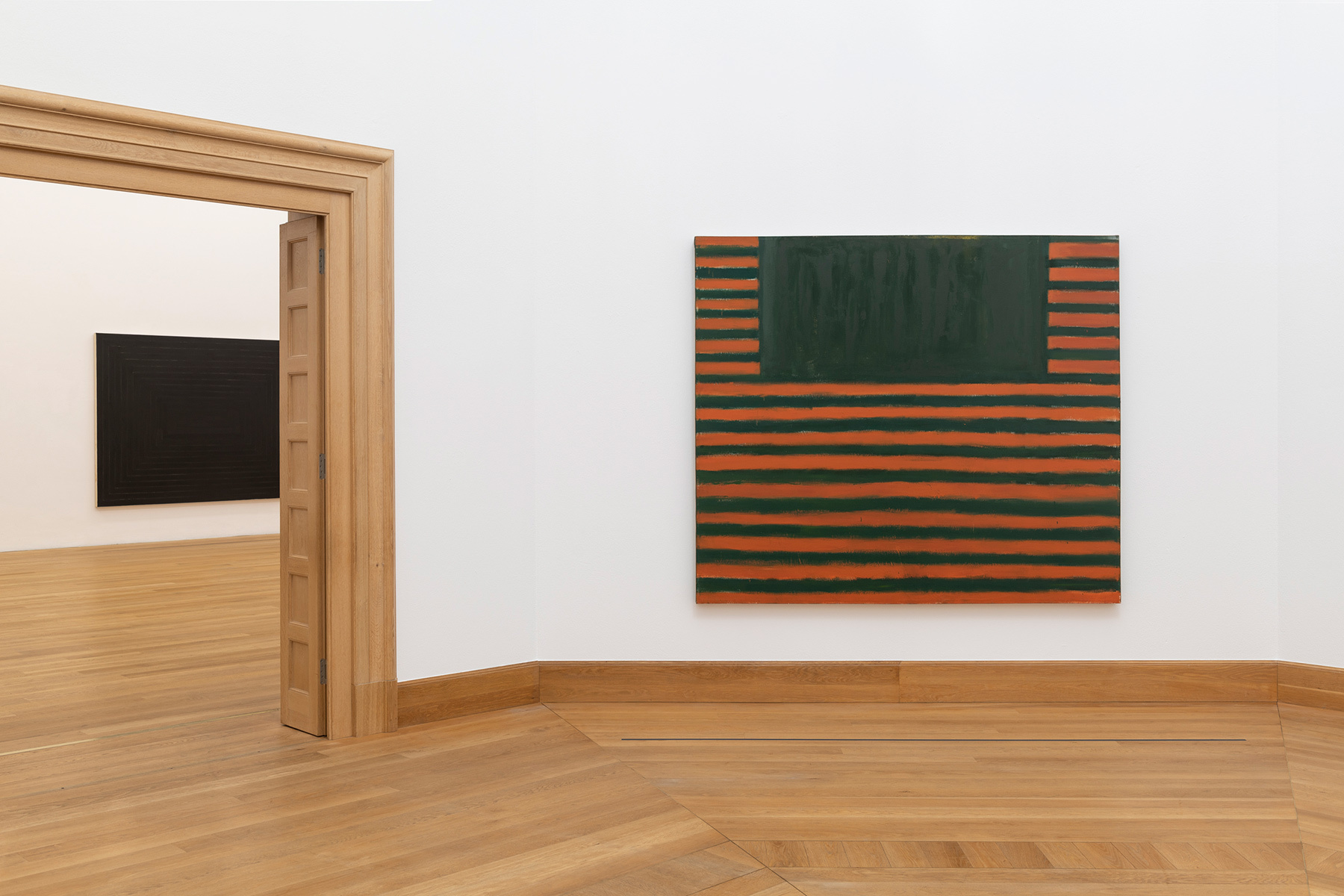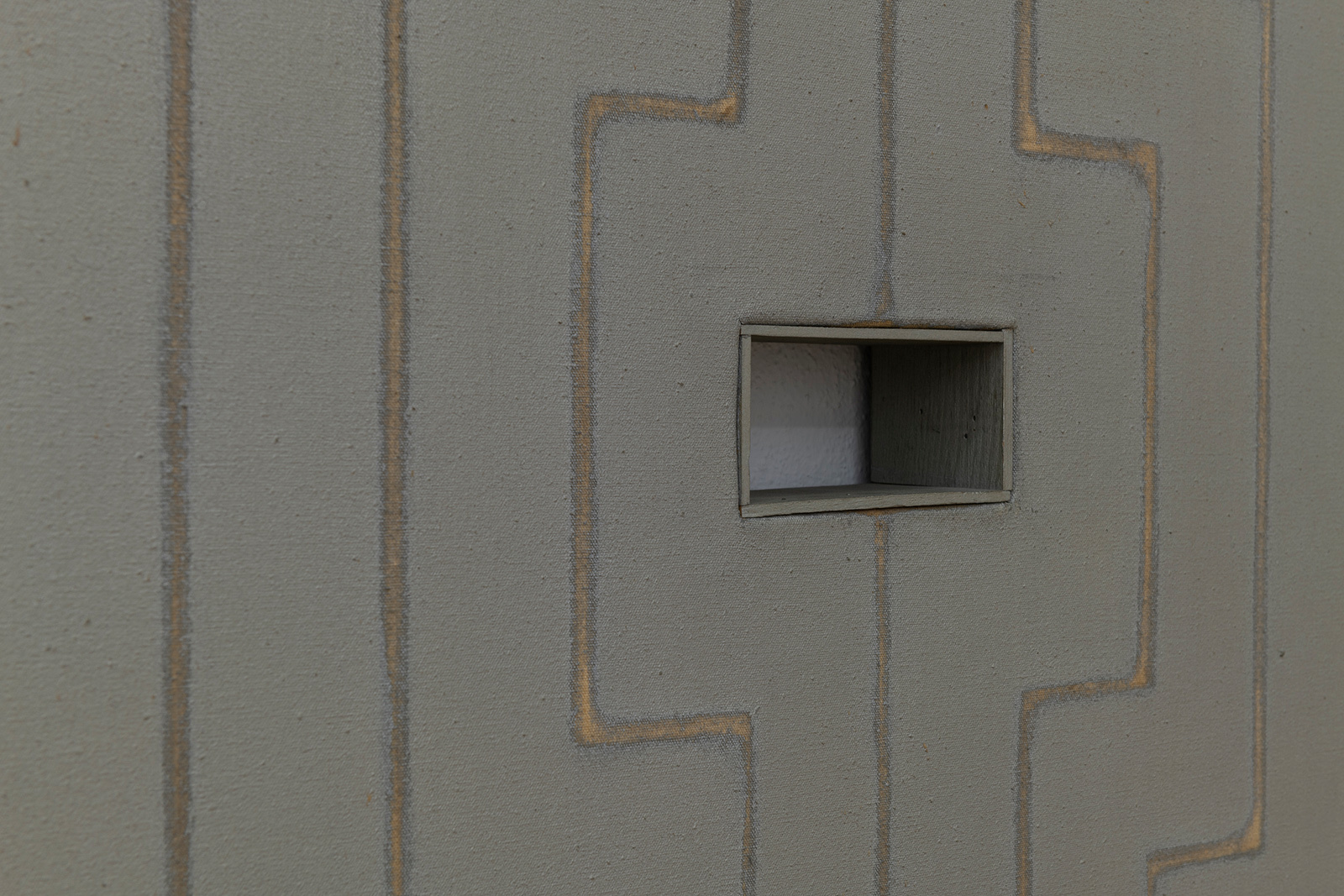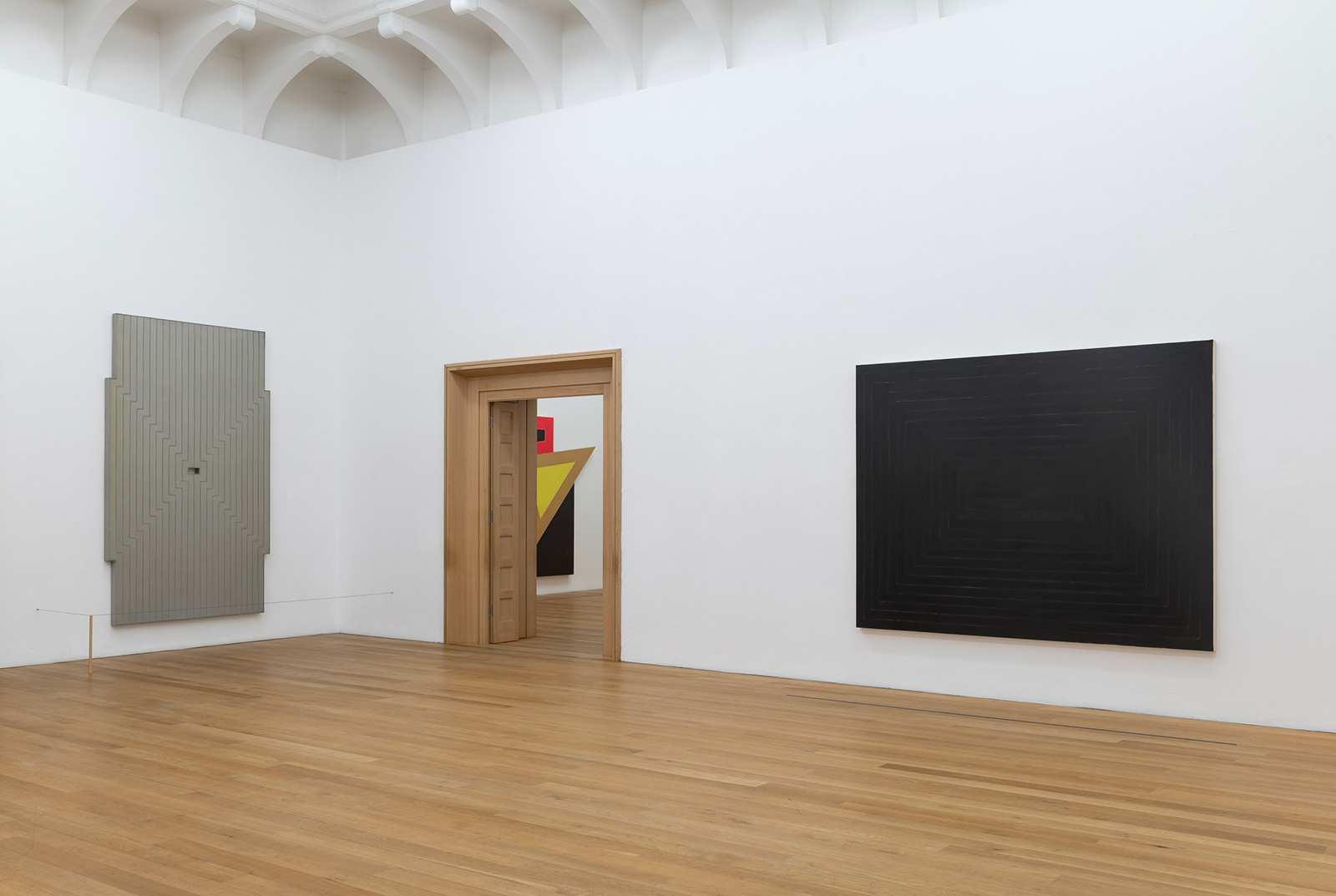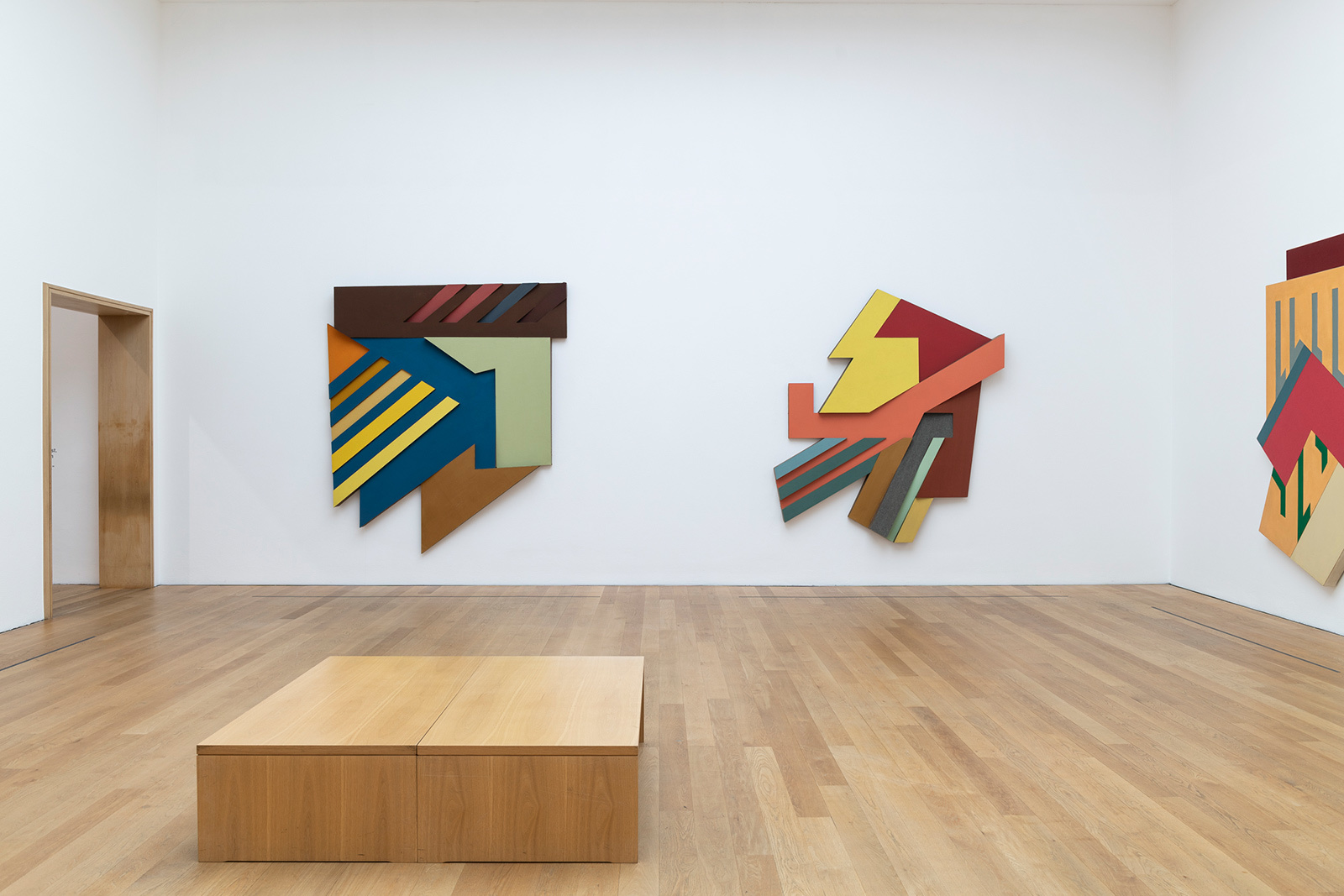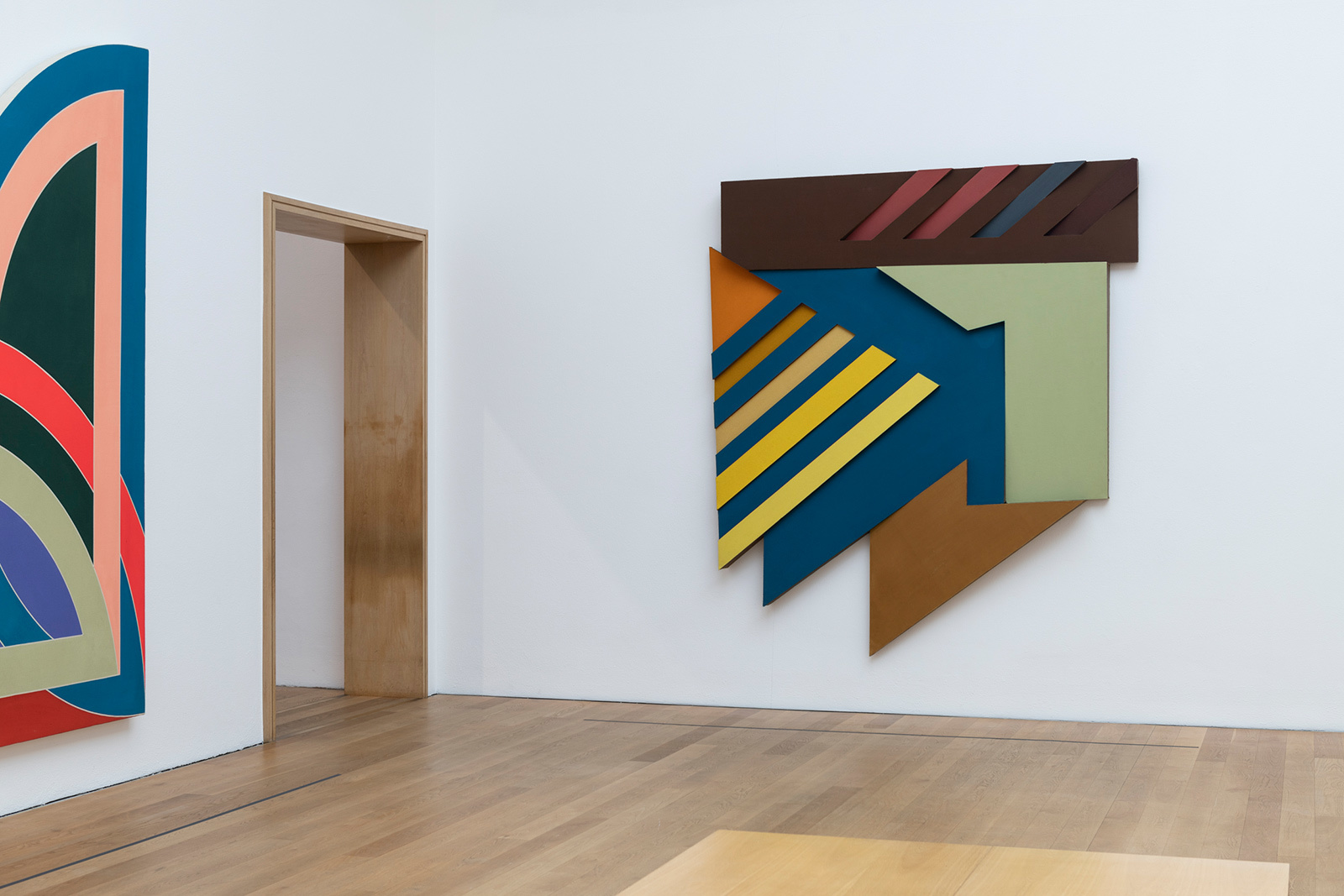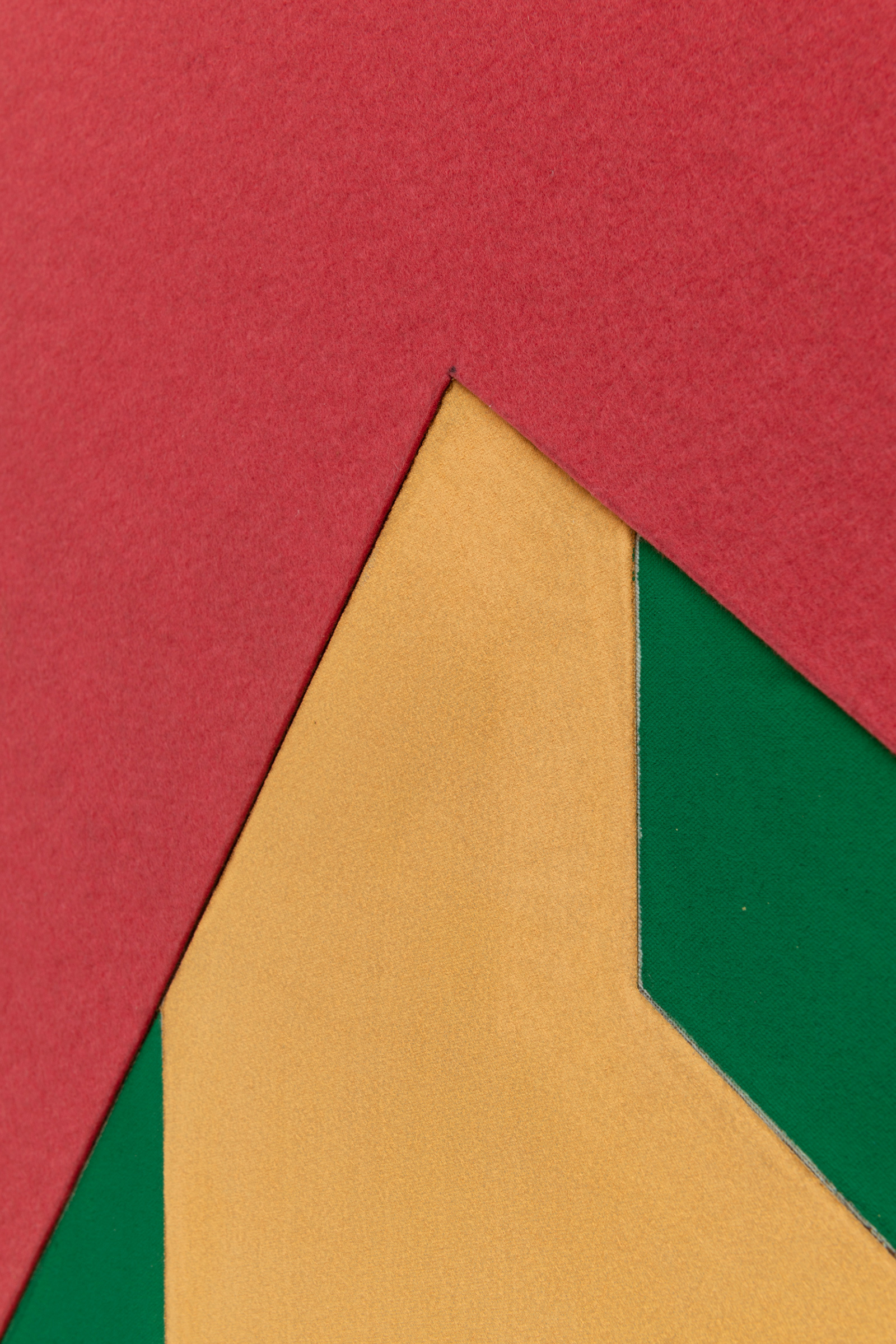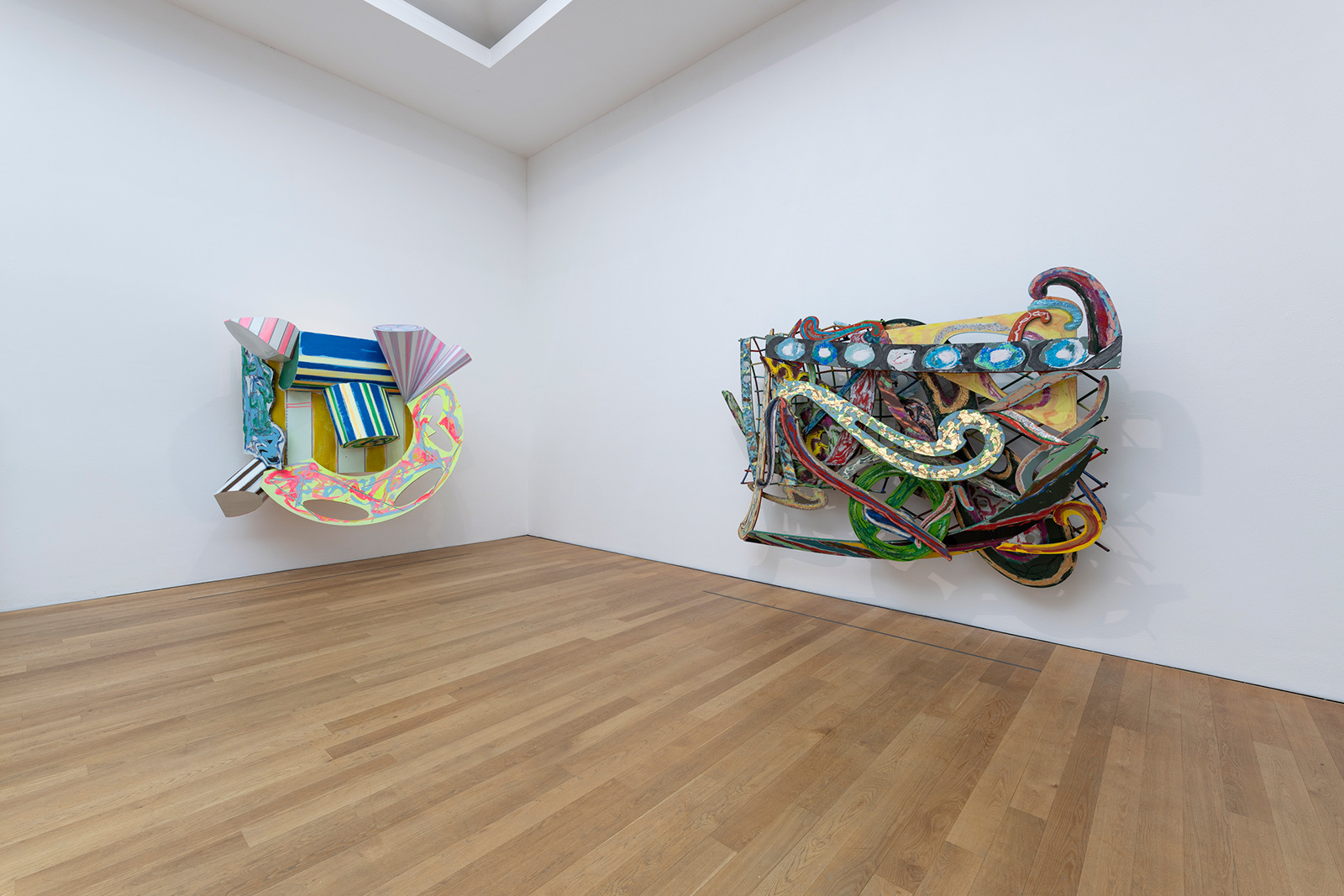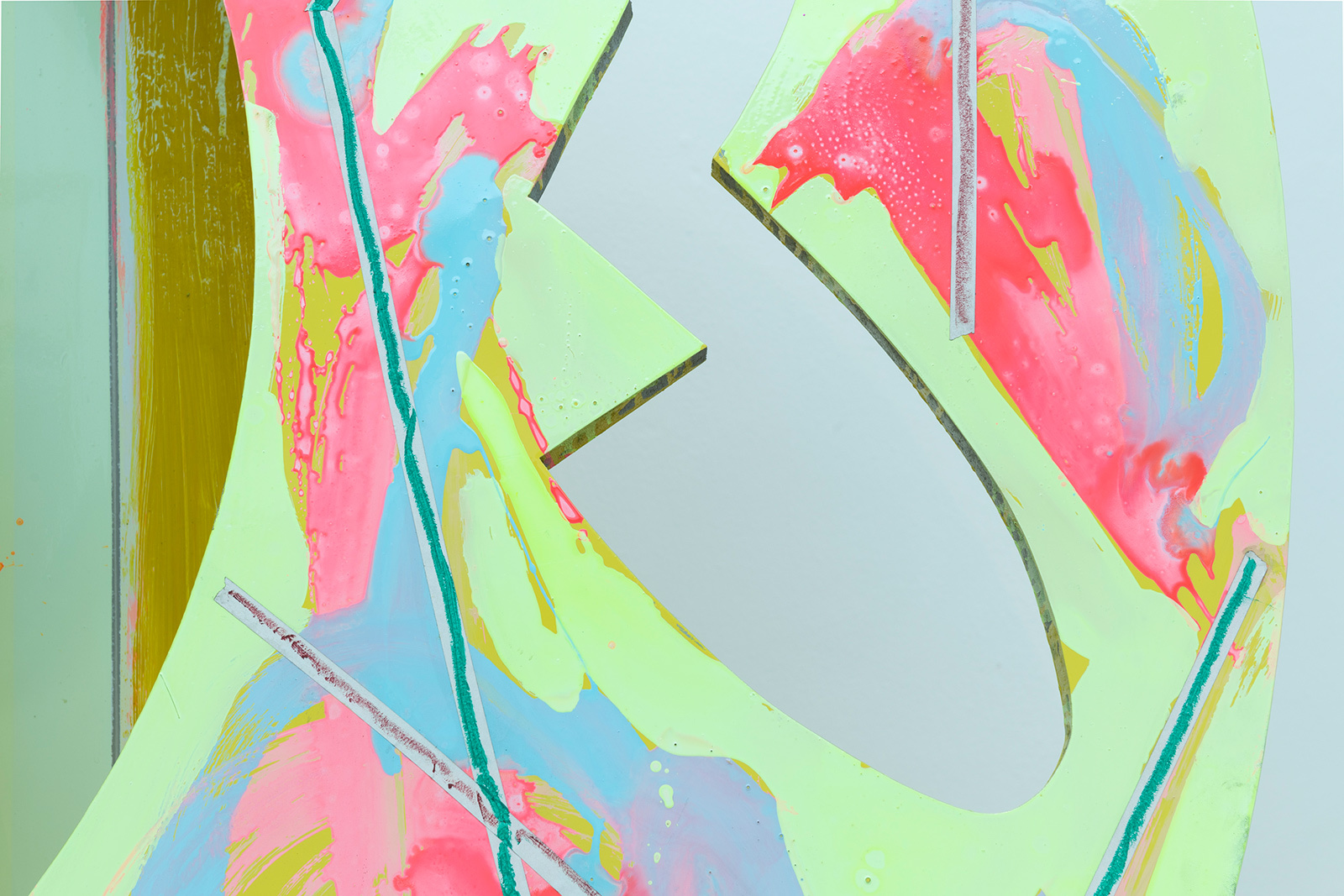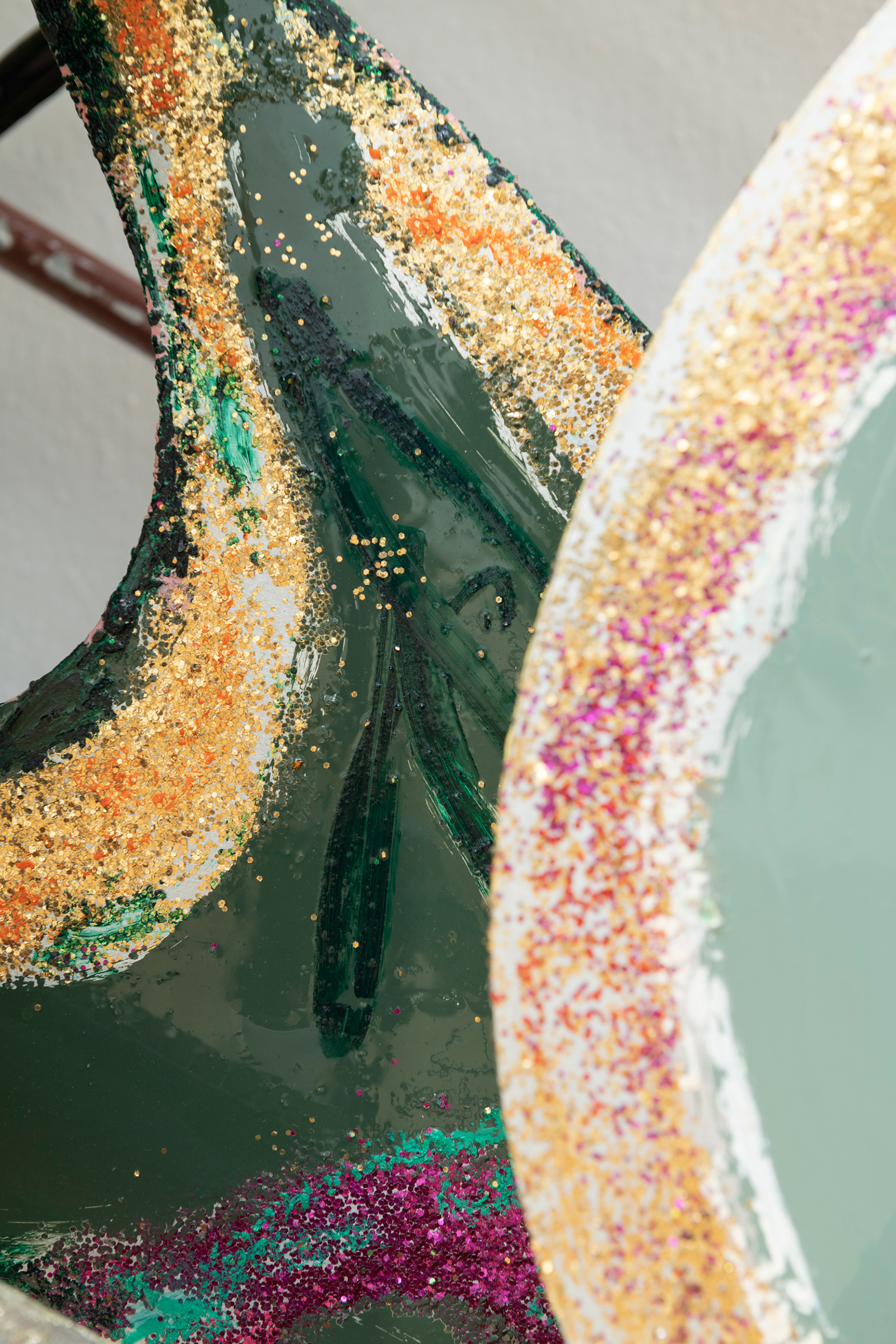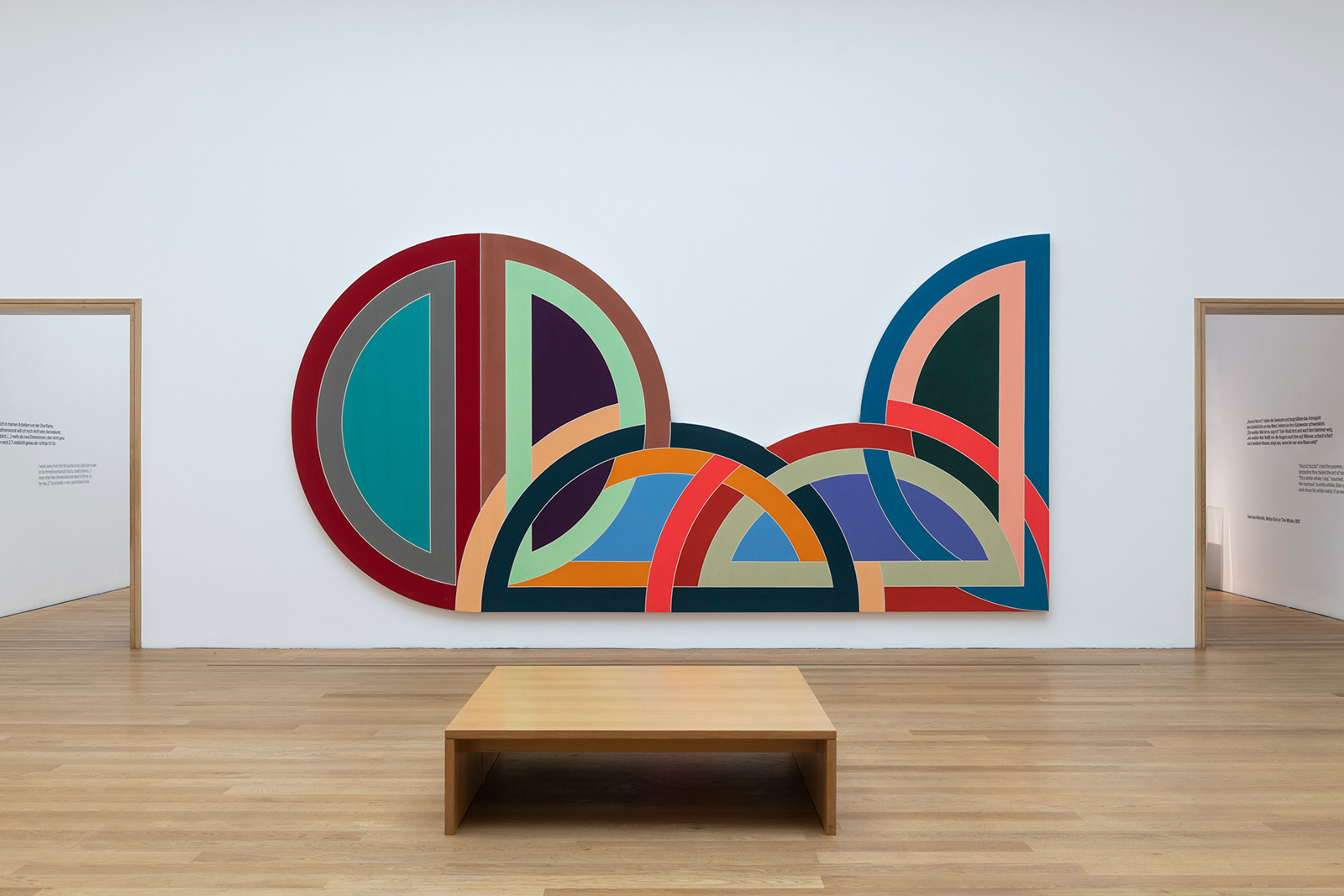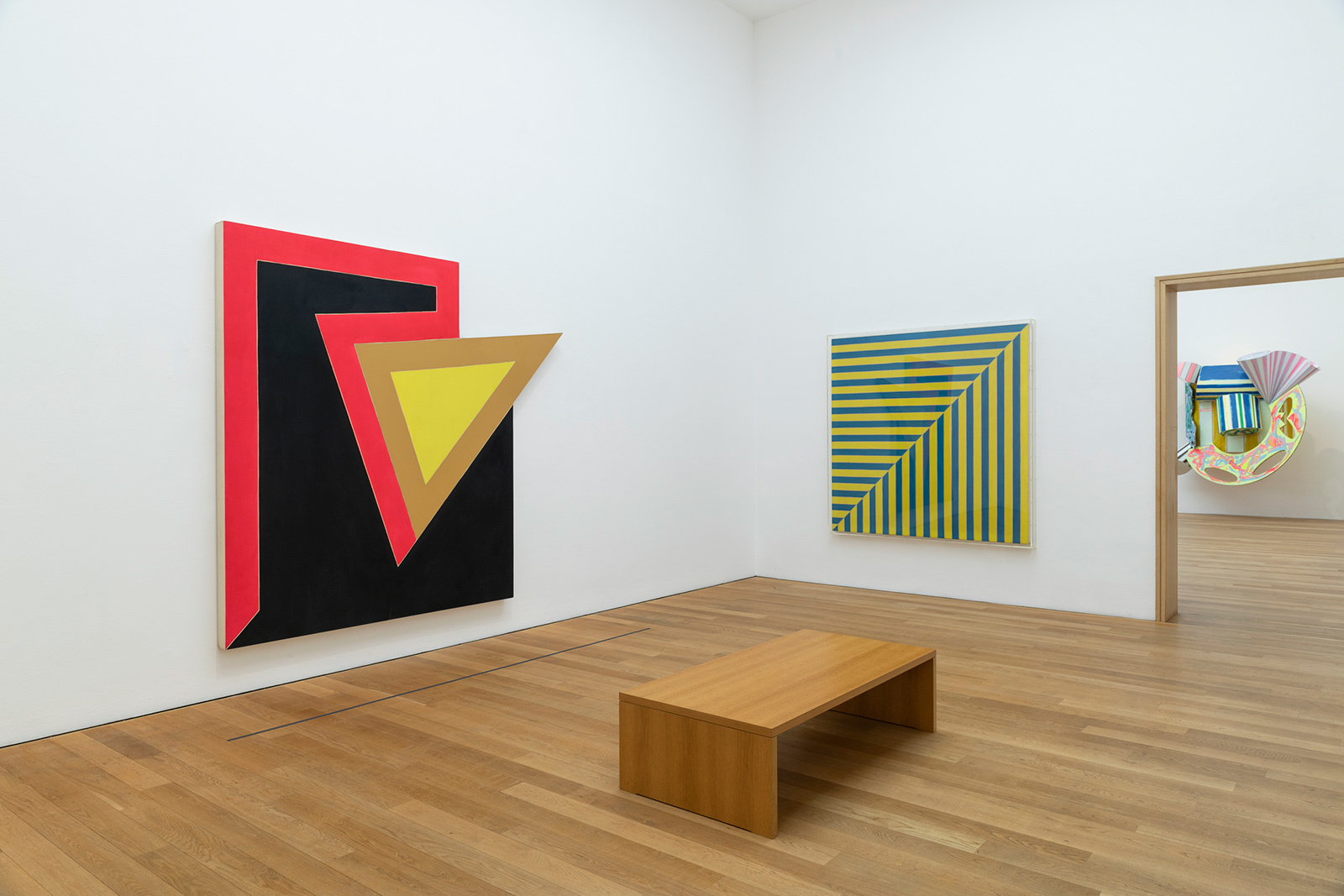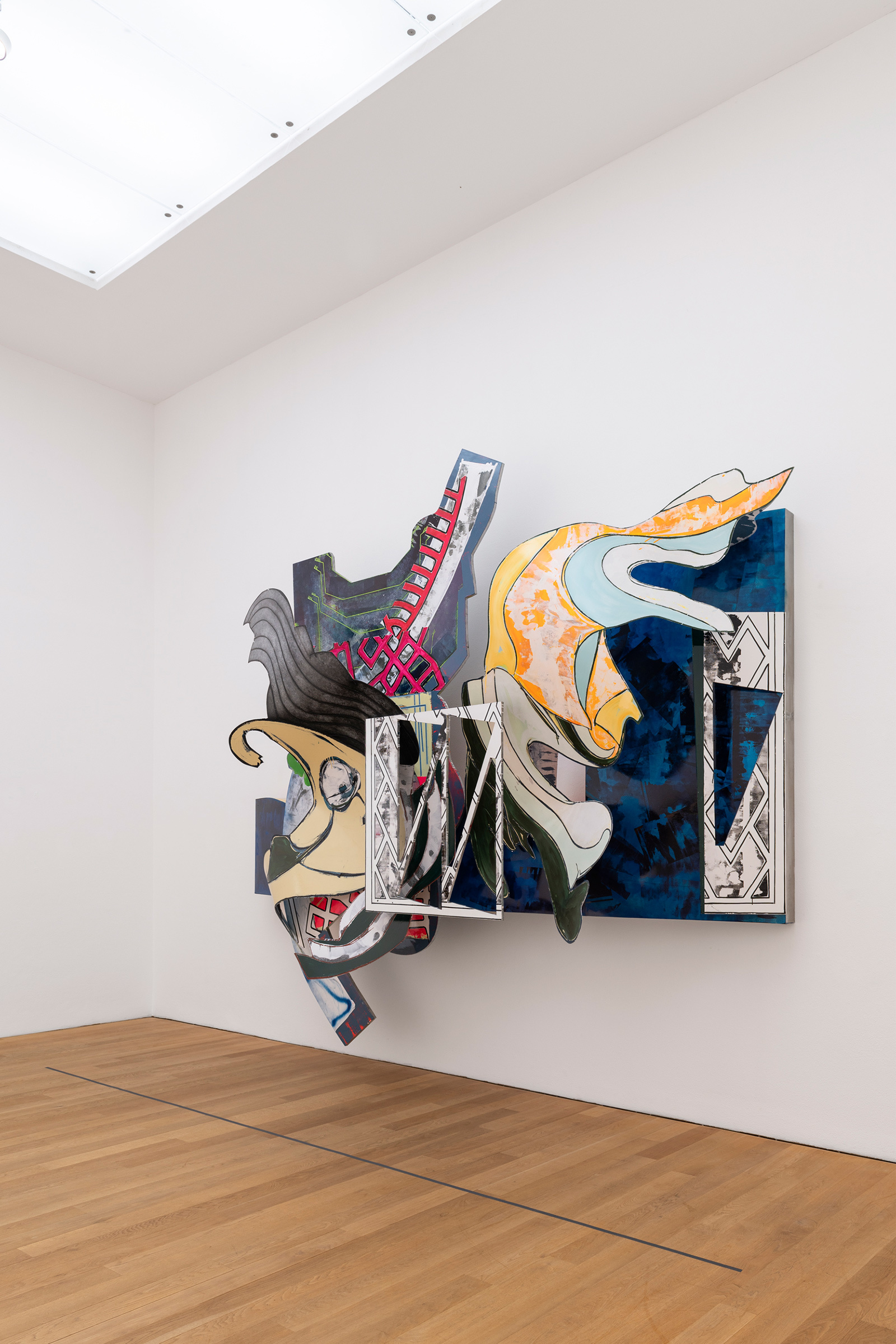Frank Stella
Alexej-von-Jawlensky Prize 2022
10 Jun 22 — 9 Oct 22
Frank Stella, From the Atlantic Salmon Rivers Series (detail), 2021, © VG Bild-Kunst, Bonn 2022. Photo: Museum Wiesbaden / Bernd Fickert
The latest works and modern classics by the US artist star in dialogue with all facets of the Museum Wiesbaden's collection.
Frank Stella shaped the art history of the post-war period with his geometric, purist paintings. The large special exhibition at Museum Wiesbaden presents one of the most important representatives of abstract painting - coinciding with documenta fifteen. As part of the opening, he will be awarded the Alexej von Jawlensky Prize. A highlight of the show is the first museum presentation of Stella's latest sculptural works.
Whirlpool of colors and shapes: from the new 2021 series "Atlantic Salmon Rivers"



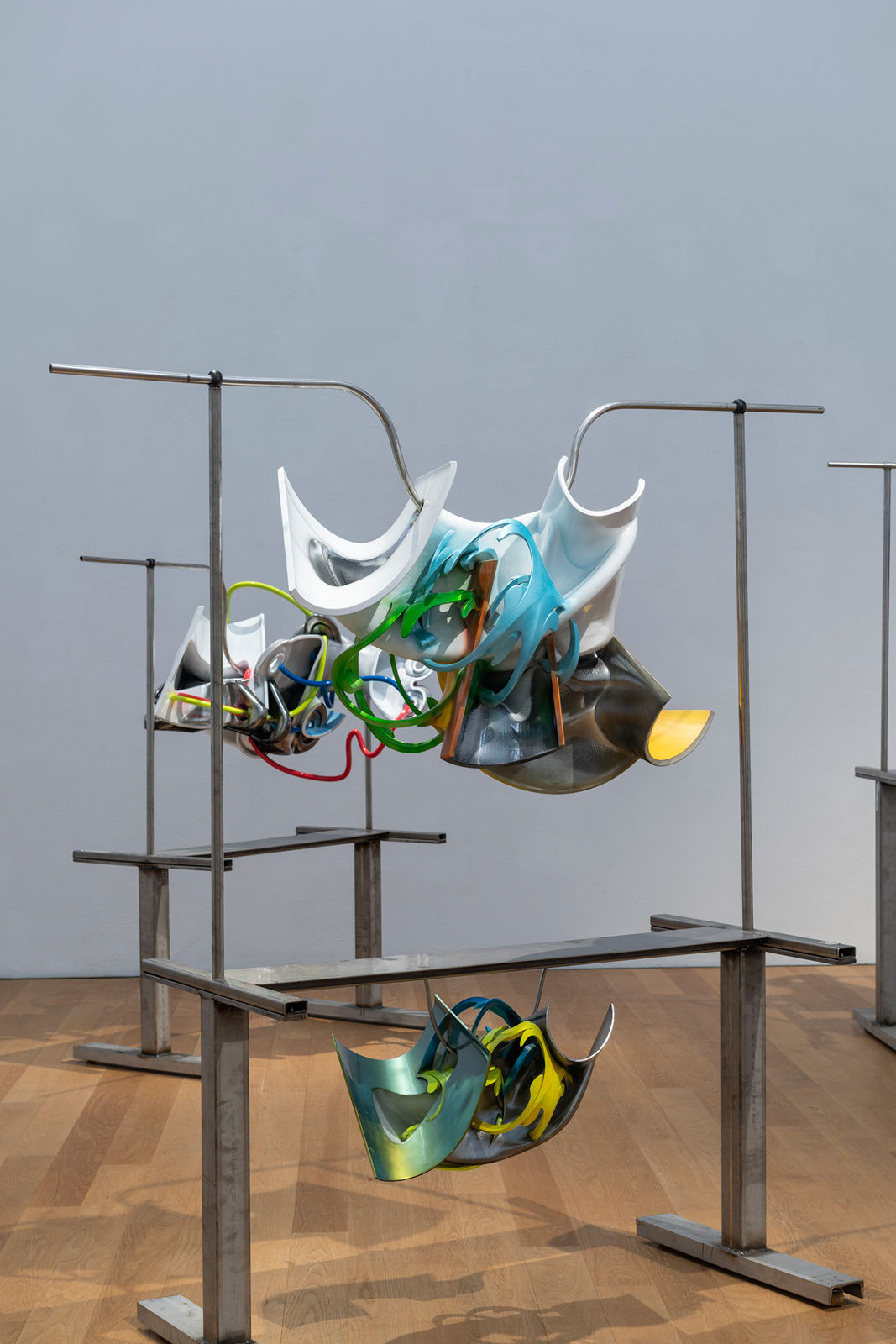
"But ultimately, the goal of art is to create space - space that is not compromised by decoration or illustration, space in which the subjects of painting can live. That's what painting has always been about."
Frank Stella. Working Space, Harvard University 1983/84
Frank Stella is this years Alexej von Jawlensky prizewinner. In 2022 he is therefore be presented with a major exhibition at the Museum Wiesbaden.
Jawlensky had completed his first series in his late work in Wiesbaden and serial work also characterized Stella's work from the beginning. In addition, Stella's work is extremely complex, full of literary references and yet neither abstract nor representational in the conventional sense. To this day, he extends painting: into space, but also conceptually. Precisely because we can show the most diverse facets of art, from ancient art to Art Nouveau to the present, Stella's complexity makes him an ideal choice for us.
Frank Stella is an artist who does not locate his work solely in the present. Instead, he seeks diverse references to the past. In addition to painting, he himself studied art history. Here he dealt intensively with various epochs: from the art of the early modern period, through the Baroque, to the modern era. The "problems" of painting always seemed similar to him, fundamental questions accompanied all painters through the centuries.
Thus, the question of abstraction or representationalism has always been found in the discussion of image, sign and ornament, just as questions of surface and space arose again and again in the Renaissance, the Baroque, but also in Classical Modernism. And Stella himself also worked intensively on the theme of ornament, the - if you want to call it that - "abstraction" of past centuries.
Our Wiesbaden exhibition can pick up here and at the same time stretch the arc further into the early 20th century. The special situation in Wiesbaden, that not only works of the present are presented here, but in the same way also works of old art up to Art Nouveau, can offer the unique framework for an exhibition of Frank Stella's works.
Of course, Stella's revolutionary striped paintings will not be missing: for many of his colleagues, these marked a departure into a completely changed understanding of painting at the beginning of the 1960s. Here, too, the Museum Wiesbaden, with its focus on American art, in particular the art of Minimalism, as well as the self-referential painting of Robert Mangold, David Novros, and Joseph Marioni, offers a context for Frank Stella's early works in which their historical location, but also their model function, can be illustrated.
The fact that central works from the Moby Dick series are also housed in the Reinhard Ernst Collection and can thus be shown in the immediate vicinity of the Landesmuseum when the Reinhard Ernst Museum opens, offers a temporal coincidence that makes the summer of 2022 seem almost compelling for our Stella exhibition.
From the 50s
1958
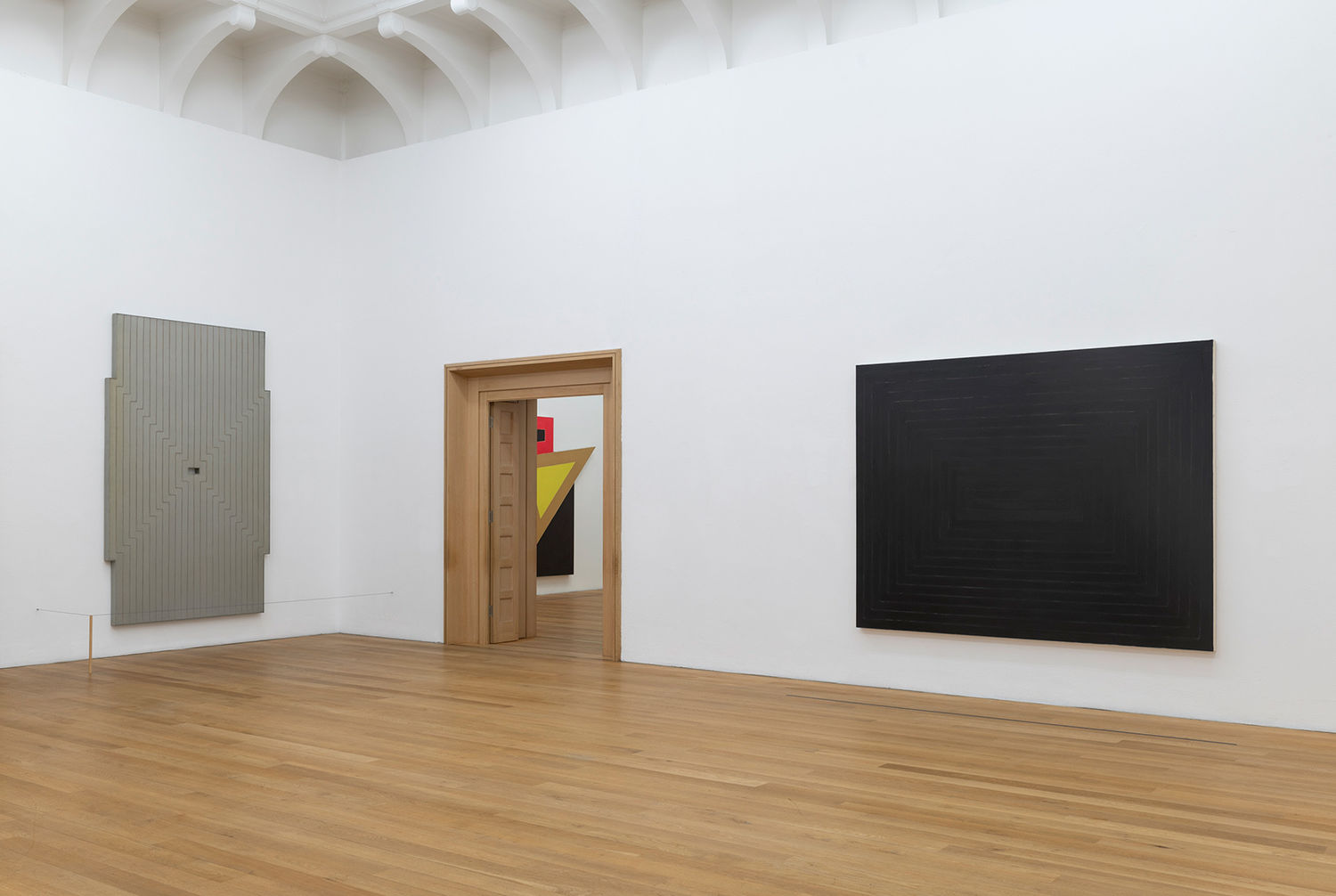

From the 60s
1964
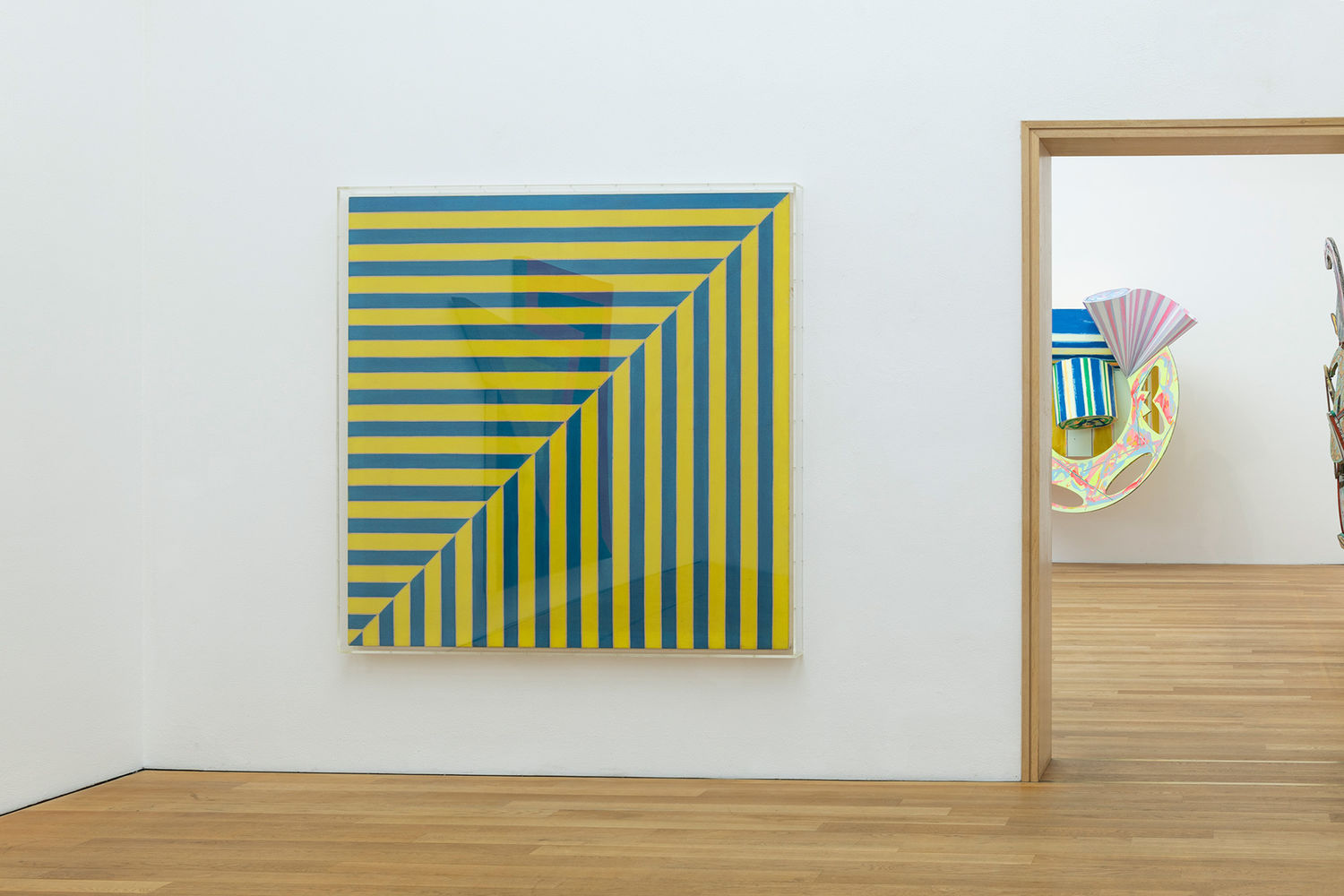
From the 70s
1978
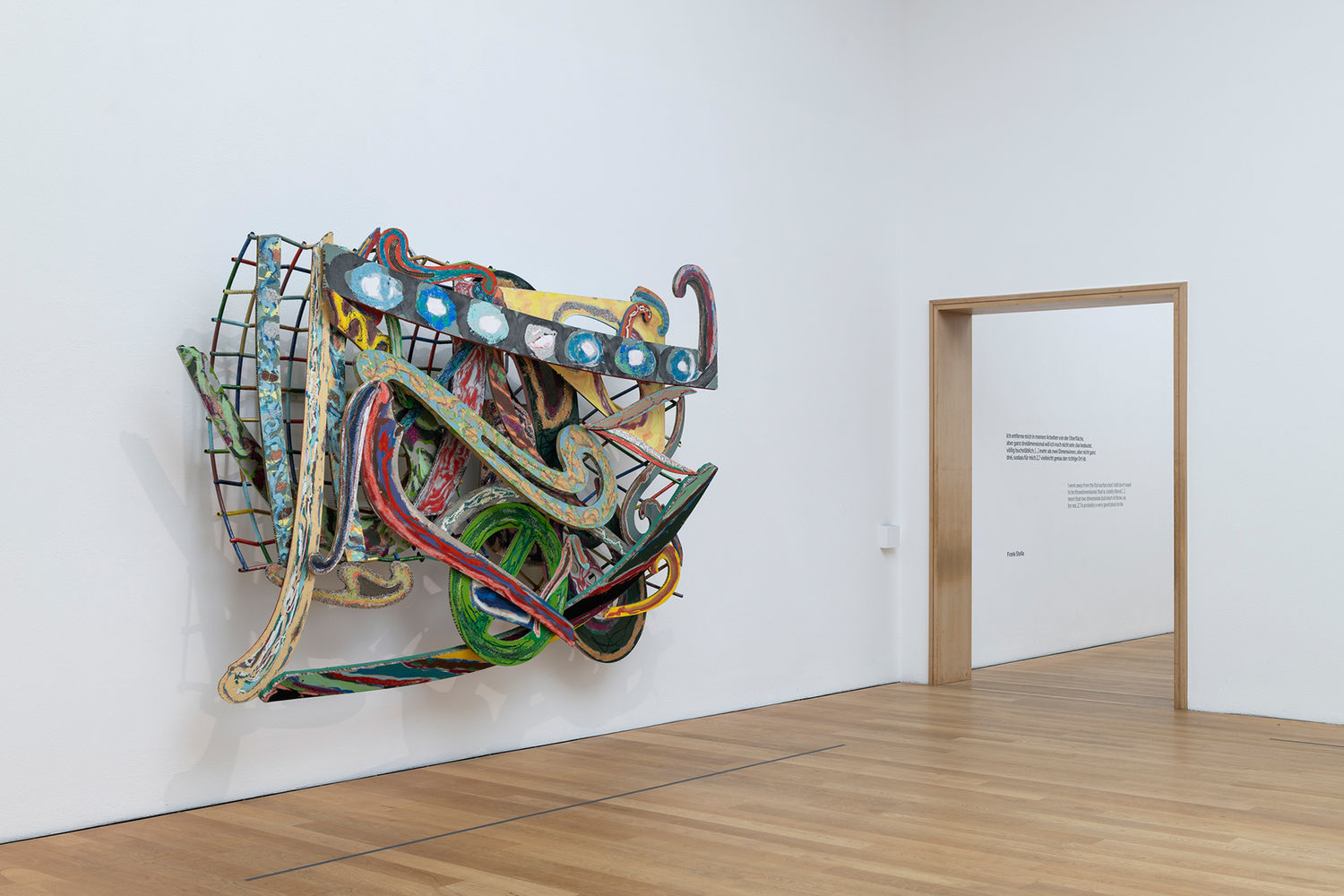

From the 80s
1987
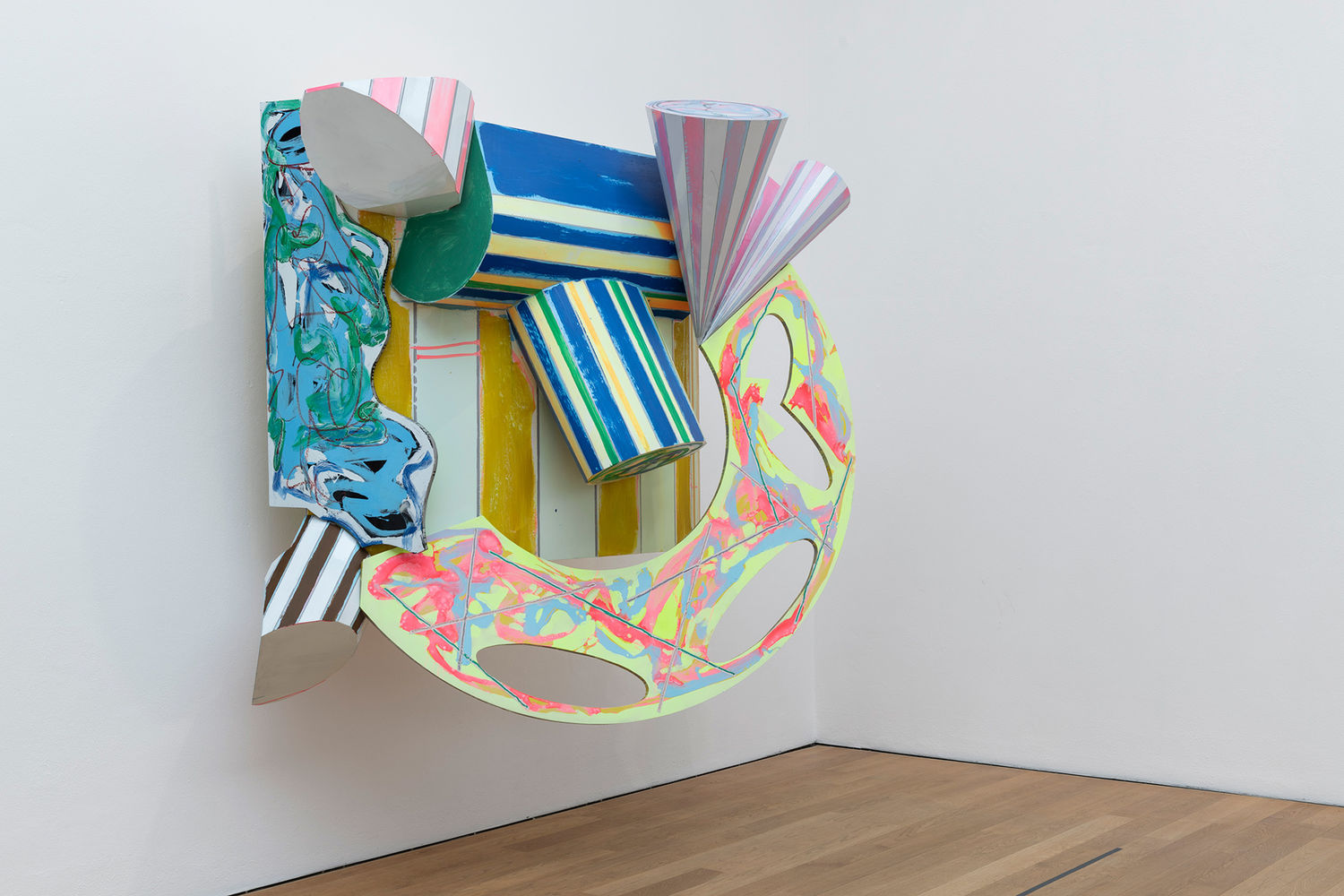

From the 90s
1990
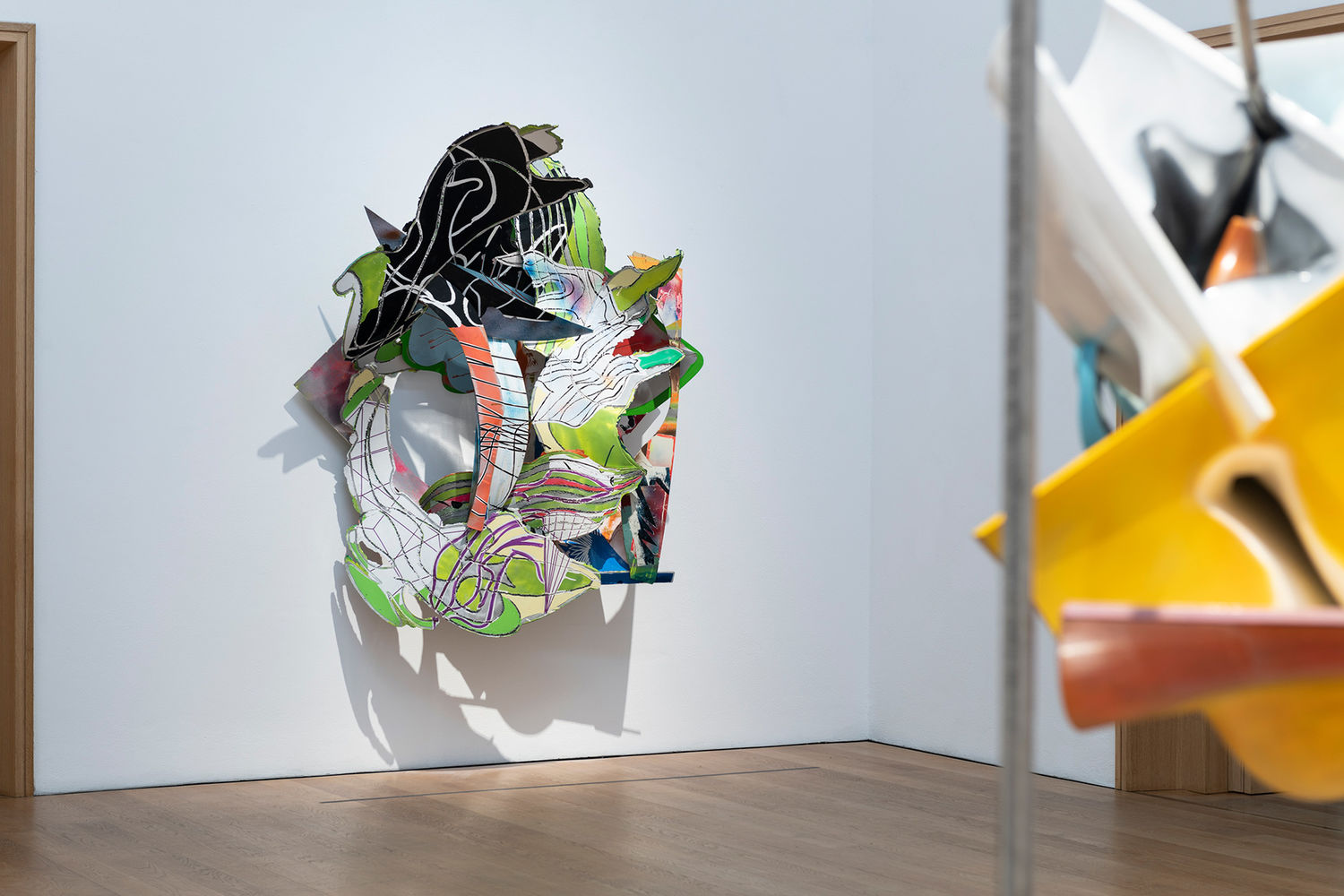

From the series "Salmon Rivers of the Maritime Provinces"
2021


"I'm moving away from the surface in my work, but I don't want to be quite three-dimensional yet; that means, completely literally, [...] more than two dimensions, but not quite three, so maybe for me 2.7 is just the right place."
Frank Stella
Insights into the exhibition
Calendar
Hier finden Sie das Begleitprogramm zur Ausstellung, sobald es im Veranstaltungskalender veröffentlich wurde.
Sponsors and Partners

